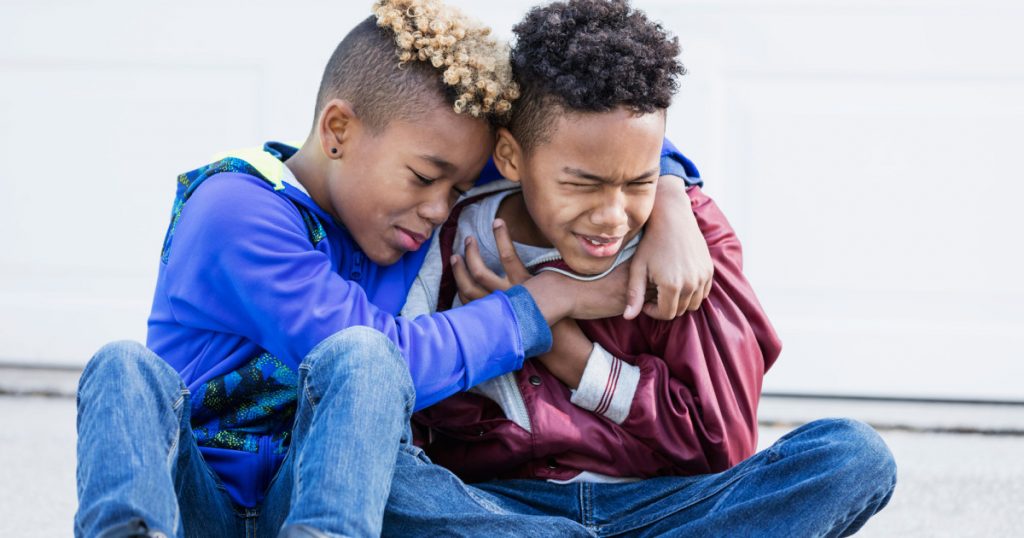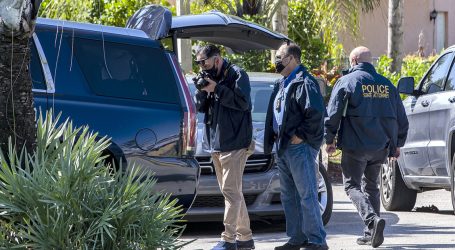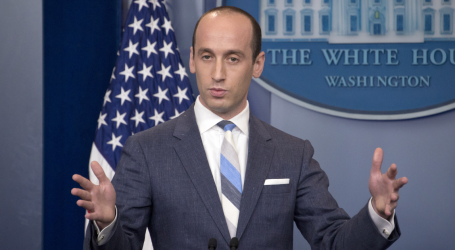Children Pay the Price for America’s Addiction to Gun Violence
kali9/Stock / Getty Images Plus
Looking for news you can trust?Subscribe to our free newsletters.
In the last two decades, more than 150,000 kids at more than 170 elementary, middle, and high schools have experienced a shooting on campus. A new report from the Giffords Law Center to Prevent Gun Violence suggests those kids, as well as those who encounter gun violence in their daily lives, continue to suffer the consequences for decades.
After a mass shooting in at a high school in Parkland, Florida left 14 students and three teachers dead last month, the Giffords Law Center for Preventing Gun Violence gathered studies, media reports, and government data to analyze the toll gun violence has taken on children since 1998. The resulting paper, “Protecting the Parkland Generation,” concludes that the trauma of experiencing gun violence firsthand has a lasting impact on mental and emotional well-being, performance at school, and can lead to violent or aggressive behavior. That burden disproportionately falls on children of color who live in impoverished cities where a high concentration of gun deaths occur, the report concludes.
Here are some highlights:
All told, gun violence has resulted in either death or injury for nearly 200,000 children since 1998.
Two in five children who are involved in a shooting will develop post-traumatic stress disorder. In one study, more than half of city-dwelling kids who experience shootings show severe signs of PTSD.
What’s more, a poll of high schoolers in 2013 found that nearly 60 percent of them feared the possibility of a mass shooting in their school or town.
The annual economic cost of gun violence on children is at least $21 billion. As Mother Jones has previously reported, the total cost of gun violence in America is more than $229 billion.
One study of 23 wealthy countries found that 91 percent of kids under 14 years old who are shot and killed were in the United States.
Guns kill more children in the United States than heart disease, making it the third-leading cause of death for those under 18 years old.
Two-thirds of school districts across the country conduct active shooter drills.
At schools where a fatal shooting occurred, enrollment among 9th graders declined by 6 percent.
In the days after the Parkland shooting, violent threats toward schools increased to at least 50 incidents each day, up from 10 to 12 threats daily before the shooting. The Educator’s School Safety Network, an advocacy group that tracks school threats, found that the figure is now up to 70 incidents per day.
The gun control advocacy group proposed legislative solutions like raising the minimum age to purchase a rifle to 21 years old and allowing law enforcement and family members to ask a court to intervene by temporarily seizing a gun under an extreme risk protection order, two measures that Florida lawmakers recently passed as part of a school safety bill after the Parkland shooting. The report also suggested mandating safe storage for weapons to make it harder for kids to access weapons like Massachusetts does, and community intervention programs that include tactics like mentorship and data mining to reduce homicides.
The group also criticized arming teachers, an idea supported by President Donald Trump. “Calls to arm teachers are also a distraction from the real issue—easy access to guns,” the report’s authors wrote. “Expecting teachers to do what our laws should do is as absurd as it is dangerous.”




